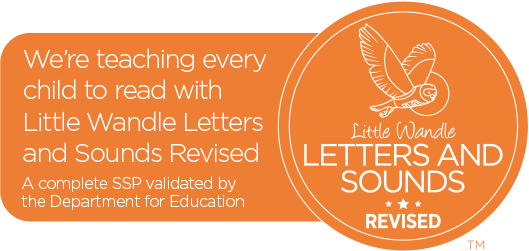Art
Every human is an artist
-Don Miguel Ruiz
At Blacko we want to inspire artists of the future by providing children with an understanding about the work of artists both past and present –locally, nationally and internationally.
Children will develop practical knowledge of how to create art and design, for example by learning the methods and techniques that artists and designers use. They will build theoretical knowledge of the tools, materials and the history of art and design. They will acquire disciplinary knowledge of the concept of art itself, such as the ways it is judged, valued and evaluated.
Through a high-quality art and design curriculum which sequences the knowledge that children learn they will build, develop and improve skills as they move through the Early Years and KS1 and KS2.
The children will focus on:
- Practical knowledge - developing technical proficiency.
- Theoretical knowledge - the cultural and contextual content that pupils learn about artists and artwork
- Disciplinary knowledge - what pupils learn about how art is studied, discussed and judged
Practical knowledge
Children will develop practical knowledge through the art and design curriculum. This knowledge is necessary for when they make and create art. Practical knowledge will allow children to make choices based on what they know about the limits and possibilities of materials and media.
Theoretical knowledge
Children will develop theoretical knowledge enabling them to make connections between art’s past, present and future. Pupils will know about great artists and designers. They will understand the historical and cultural development of their art forms.
This will include:
- meaning and interpretations
- materials and processes
- journeys and connections through time
Children will build an accurate impression of the range of art and design work that humans have produced. This will include Western and non-Western traditions of art and design.
This will include:
- art and design work produced outside Europe
- artists and designers from diverse communities
- traditional and contemporary forms of art and design
Disciplinary knowledge
It is important for children to learn disciplinary knowledge because art is not fixed. It is fluid and dynamic. It changes through encounters and exchanges with new technologies, new ways of thinking and new opportunities. When children learn disciplinary knowledge’, they participate in discussions about big ideas in art. They explore, among other things, concepts of quality, value and purpose:
- how aesthetic judgements are formed and claimed
- how art is studied
- how to participate in the discourses of artists, scholars and critics
In each year group, children revisit these areas and progressively develop their understanding and skills as they move up the school. Each unit of work has a focus artist or technique, and the children start by evaluating, critiquing and exploring the creative aspects of this work, using it as inspiration for their own artwork to express their creativity and practise the skills they acquire.
Through the Early Years and Primary journey they will challenge, develop, and build upon the ideas and skills previously acquired. Children will have regular opportunities to work with related content to help them learn that content in the long term.
Evidence
At Blacko children have the opportunity to record their learning in a variety of ways, which is recorded within art scrapbooks. Evidence of the learning is dependent on the lesson outcome, year group and the skills being developed. This can be in the form of a focused skill being practised or final piece of artwork.
Assessment
Teachers assess children’s learning throughout each lesson to ensure understanding of skills and knowledge before building onto future learning. In addition, children will also complete final pieces of artwork and independent double-page spreads to showcase their understanding of skills, knowledge and vocabulary throughout each unit.
SEND
Pupils with SEND will be supported to access our Art curriculum through adaptations depending on their need. Adaptations for learning follow the EEF's 5-a-Day Principles and these adaptations, through Ordinary Alternative Provision(OAP), will be planned by teachers to support all children in being able to achieve, regardless of their individual needs.
Our SEND page provides parents with further information about what this could look like for your child and where you can seek further information or support.
Subject Leaders
Subject leaders will conduct deep dives, which include lesson drop ins, pupil interviews and book looks to measure the impact of our teaching, based on how much children can remember.




